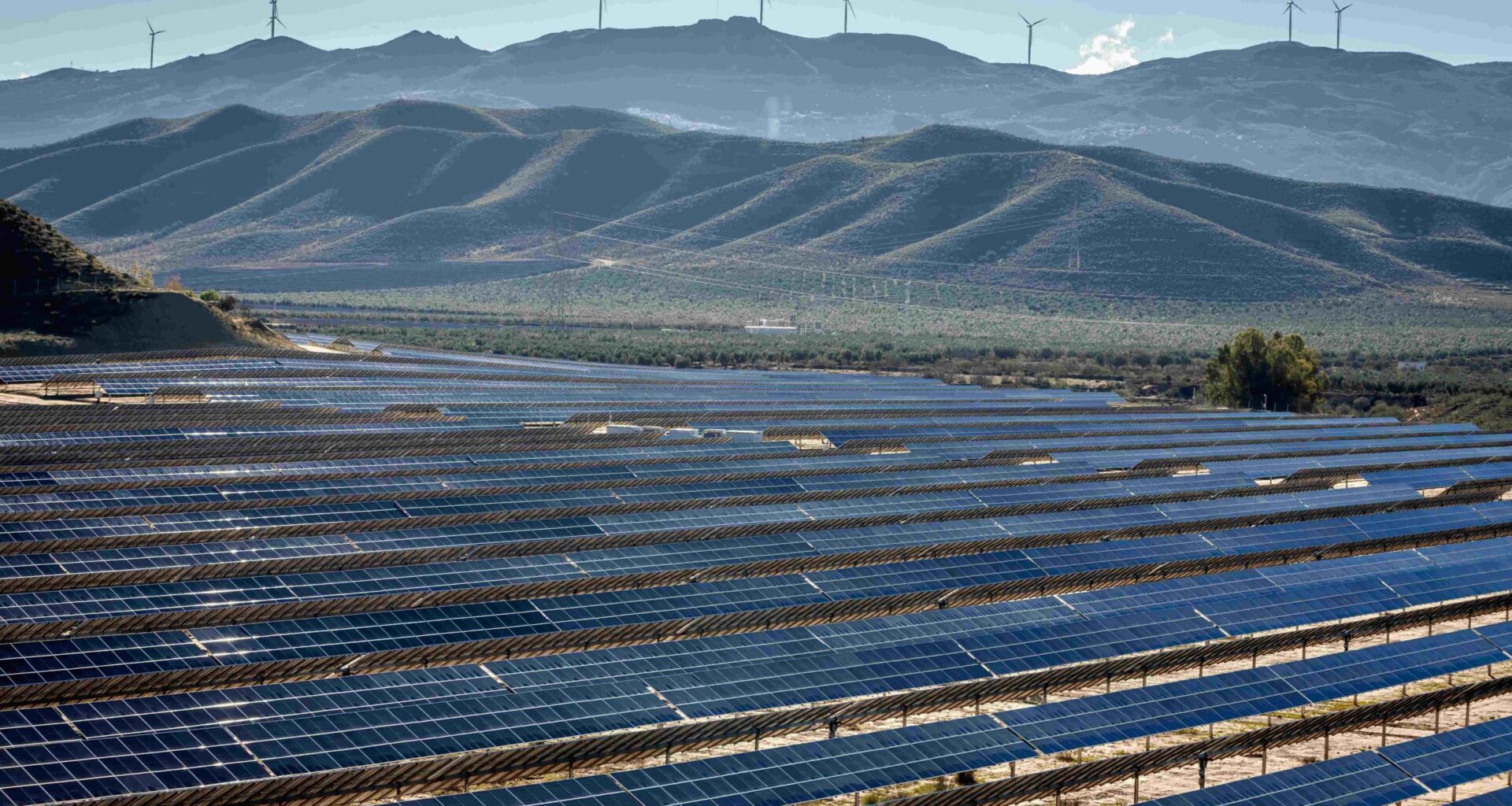The use of gas for grid services doubled in May, increasing costs
Rising renewables curtailment wastes cheap electricity, but it is the increase in gas power that plays a more significant role in driving up costs. The use of combined cycle gas turbines (CCGT) for grid services increased from 7.8 TWh in 2021 to 13.7 TWh in 2024. Spain’s CCGT fleet plays a far more important role in grid balancing than in power generation. Between 2021 and 2024, CCGTs provided only 25% of Spain’s power generation but 75% of its balancing needs.
The Spanish grid’s heavy reliance on gas for grid stability is even more apparent since the blackout. In May, the use of gas in technical restrictions markets soared to 2400 GWh, double the amount in May 2024. In the year preceding the blackout, the price of these markets averaged €5/MWh and made up 14% of the final electricity price. However in May 2025, the average price climbed to €24/MWh, making up 57% of the final electricity price, as wholesale power prices averaged only €17/MWh. These increases in volumes and prices caused the cost of grid balancing actions to double in May 2025 compared to the same month a year earlier.
Slow investments in grids and clean flexibility have proven costly
Clean alternatives to gas power are available to address the issues in Spain’s grid while helping to integrate renewables. Investment in these can reduce the influence of expensive gas on grid costs, just as growth in wind and solar has reduced its influence on wholesale power prices. However, investment in these solutions has been notably slow in Spain.
Slow investment in grids and grid-enhancing technologies
Spain has been slow to invest in the grid capacity and network upgrades required for integrating a high share of renewables. During the five years from 2019-2024, Spain had the lowest grid spending in Europe, investing 30 cents on grids for every €1 on renewables, compared to a European average of 70 cents, according to Bloomberg.
Development of grid-enhancing technologies – quick-to-deploy solutions that enhance the capacity of the existing grid – has been slow too. The Spanish peninsular grid has no operational synchronous compensators – devices that can provide dynamic voltage control and inertia without fossil fuels. By contrast, the British grid operates at least 12 such devices, despite having a lower share of wind and solar in the generation mix (35% compared to Spain’s 43% in 2024). Another key solution – dynamic line rating – also remains in an early, exploratory phase in Spain, despite its high degree of readiness and widespread use across Europe.
Missing battery storage
Spain has one of Europe’s largest gas fleets and one of its smallest battery storage fleets. Spain’s battery storage fleet of 120 MW is only the 13th largest in Europe; notably small considering Spain is the fourth largest power market with the fifth highest penetration of wind and solar, and is also one of the continent’s least well-connected systems. Many factors are behind this lack of battery storage development, including the lack of a clear regulatory framework and Spain’s relatively large pumped hydropower fleet. However, the need for flexibility is clearly growing, as demonstrated by the arrival of negative power prices in 2024.
